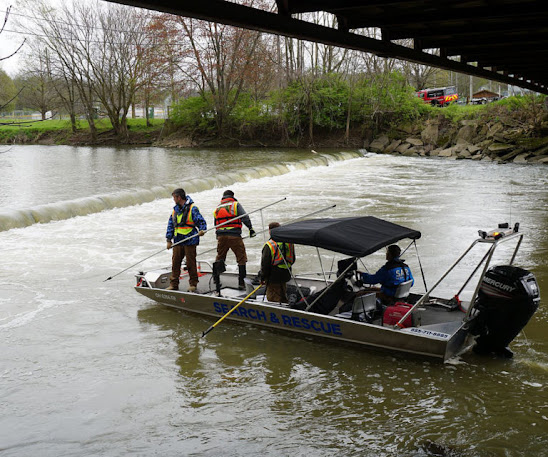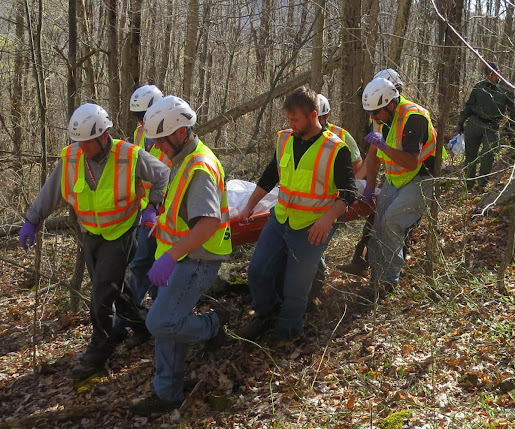What are the Policies that Government Agencies have to Adapt to Tackle any Emergency?
Risk examination and risk planning are regular undertakings in many sectors. The focal point of this inquiry was the culture and practice of risk examination and planning. The crisis response team has to maintain plans and actions.
Current Risk Management System
The new
danger management system is hidden in a level of isolation. Many countries have
plans that need to be shared widely to maximize their potency. In this new era,
Just for strong culture, we can give society a durable organization to respond
to arising risks.
While
privacy does have a significant place, Many country's governments to secrecy
too readily. These things have impeded our preparations, as society's
front-line responders. This includes local agencies, volunteer groups and
businesses, and industries all effort to enter the data they want.
Their
suggestions try to bring transparency into the risk assessment process and
build better results. The Fear of criticism can drive an unnecessary reliance
on secrecy. The investigation found that the current risk assessment process is
unable to encompass the complexity of risks faced.
It fails to account for affiliated cascading
risks and chronic or long-term dangers. And has a prejudice against low
likelihood-high impact risks. As a record of incidents facing many countries,
the crisis response teams is insufficient. To support ease and preparedness
efforts.
So the
current approach of examining likelihood and impact may be misrepresenting and
lead to an inaccurate sense of enthusiasm. Particularly in terms of the prioritization
of dangers. The Government's current risk assessment must be replaced by a more
dynamic, data-driven output, directly linked to preparation, ease, and
response.
Government Must Predict any Incident
No matter
how complicated the examination of dangers is, it is of limited value if it is
not suited by practical measures to guarantee preparedness and stability. The
Government must not only predict danger but prepare for and answer back to them
effectively.
The current time and resources are focused on
responding to crises and emergencies, from flooding to terrorist attacks. They
must bridge the gap between analysis and functional capability to guarantee the
security and safety of the nation.
We must have
a trained rescue team to conquer many challenges. We must place a good team
on maintaining the competence, capacity, and skills to manage these crises.
Risk plans must be frequently tested, challenged, and investigated.
Process
of Investigation
The process
of preparation, mitigation, and response plans must be investigated. And
planners must be responsible both within and to Parliament, establishing a
system of audit which is properly resourced.
The
investigation has recommended changes to guarantee a clear administration
structure and maintained, independent pressure and annual audit. Danger plans
should be active, resourced and every stakeholder involved should know what the
alleviation process needs.
Even though
prevention is considerably inexpensive than reaction. The administration has a
traditional disincentive to invest against possible risks, especially
low-probability high-impact risks. Spending policy for danger and stability
needs to be readdressed.
Within the
national security and national infrastructure societies, there is a strong
emphasis on prevention, leading to proactive resourcing. Government spending
should, where possible, be directed towards preparing for, preventing, and
mitigating disasters.
The new
agencies will not succeed in predicting every threat or danger but a trained rescue teams performs well for rescue events. For that reason, the nation
needs to be prepared to recover from alarms to which it is vulnerable. The
ability to recover from dangerous events must be developed on a flexible,
adaptable, and diverse population.



Comments
Post a Comment